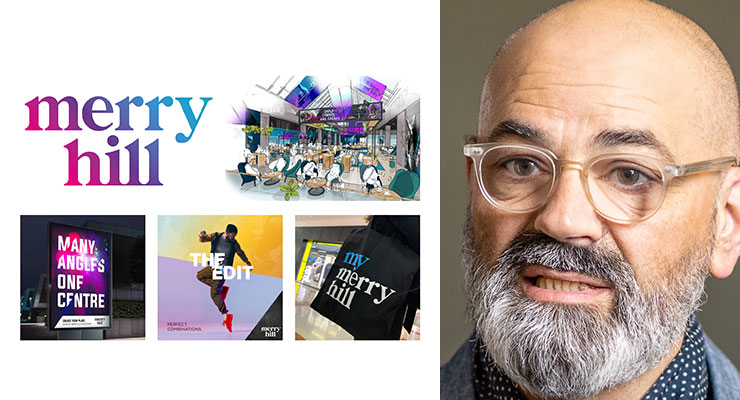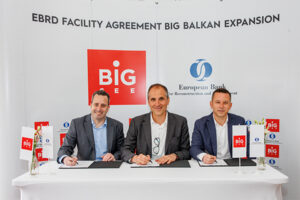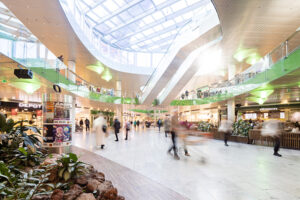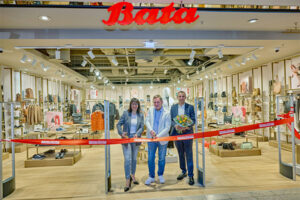For a number of years, there has been a “cookiecutter”approach to shopping center development. While that may be the most efficient in terms of construction, leasing, and operation, it seems to be the exact thing that is turning audiences off.
Recent European surveys have indicated that consumers feel shopping centers “look the same everywhere.” They have claimed that “uniqueness is missing” and that “the offer is boring and lacks positive surprises.” Those surveyed have also noted that the brand mix “consists exclusively of the big and well-known (fashion) brands.”
Old systems will become redundant
Retail is in a state of metamorphosis. In the future, consumers will engage with retailers and brands in completely new ways. Old real estate-based systems and metrics are becoming increasingly redundant. We must move from sales per square meter to shares per square meter. From stores to stages; from stuff to stories.
The future of retail is no longer about real estate: It’s about content and understanding how content is driven by the value-based culture of our audience – and, in turn, how content and culture are the foundations of thriving communities of interest, with brands and people at their core.
Therefore, the time has come to re-invent the shopping center. It’s time to shift from a “shopping rhythm” to a “community rhythm” and, in so doing, to adopt truly “human-centric” placemaking strategies and design.
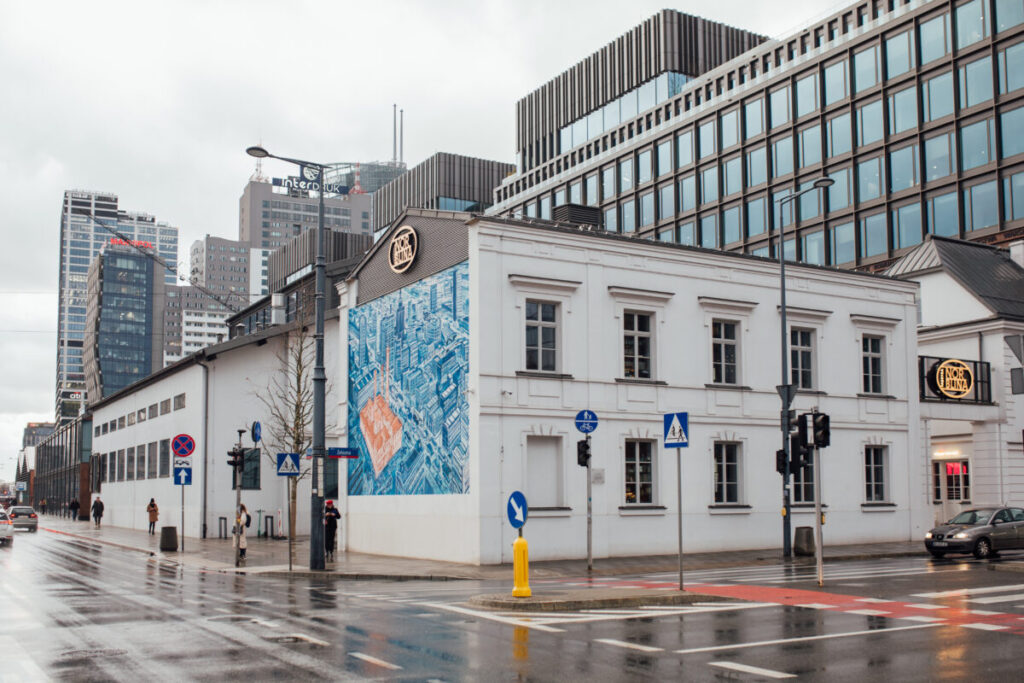
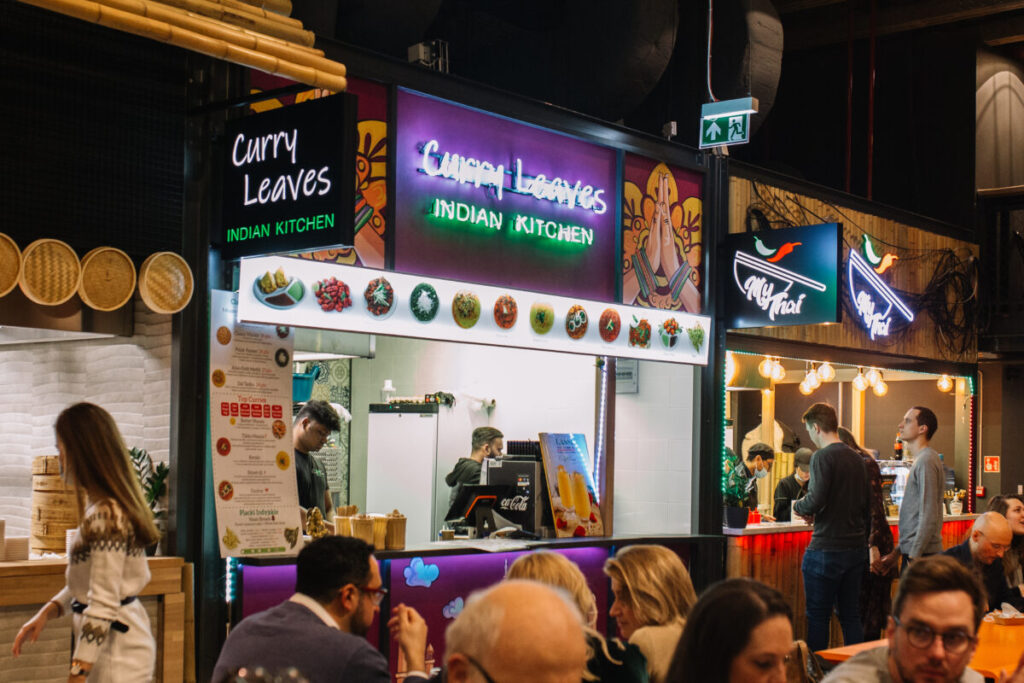
BEST PRACTICE EXAMPLE: NORBLIN FACTORY, WARSAW: Norblin Factory is an award-winning, mixed-use, urban regeneration project and landmark in the heart of Warsaw. Following several years of intensive design, construction, and preservation work, it has regained its place on the map of Poland’s capital. The multifunctional project covers a total GLA of more than 65,000 sq m. Norblin Factory visitors can also enjoy unique cultural, entertainment, and dining concepts, including the original KinoGram cinema, Bio Bazar organic market, Food Town, the largest food court in the capital, and a museum commemorating the history of the site. Norblin Factory is an example of a world-class revitalization project that was implemented with respect for the environment. It is a city-forming project that is consistent with the idea of a 15-minute city. It has contributed to the positive transformation of that particular area of the Wola district, which remained closed to the city and its residents for years.
Responding to the challenges
In order to respond to these challenges, shopping places of the future must deliver what we at Portland refer to as the 4 pillars of “Future Readiness”. They are as follows: 1. Fast – they must be convenient, intuitive, and easily accommodate our increasingly hectic lives. They must also be: 2. Slow – audiences increasingly want participatory and immersive experiences from their brands. Shopping places must also be: 3. Localized – we’re seeing a move towards localism – the increasing emergence of small independent occupiers blended with larger national and international brands that have adopted localization strategies in which they use local data to deliver unique offers and experiences. Of course, keeping things local is also more sustainable. Lastly: 4. Belonging – this final pillar relates to the increasing preference for brands with purpose and values at their core–brands and occupiers that are hubs for galvanizing communities that bring people with similar interests together.
In the future, brands will increasingly occupy physical space, not as distribution or transaction channels, but as media platforms for customer recruitment and retention. That will challenge the conventional approach to shopping places. It will challenge the current approach to master planning, architecture, design of experiences, place branding and marketing, the service proposition, choice of occupiers, and, most critically, the revenue model and asset valuation metrics.
At Portland, we have adopted master planning and design strategies that blend transactional retail space and “recruitment/retention” space with non-retail offers and services. In designing these “media platforms,” we take a modular, “open-cell,” and programmable approach in order to enable content curation and deliver an ever-changing blend of experiences. Of course, in order to implement this new way of thinking, shopping places need a “people revolution.” That includes talent from the hospitality, media, and entertainment sectors, as well as curators, stage managers, storytellers, social media specialists, data scientists, and researchers who bring new skills to the table.
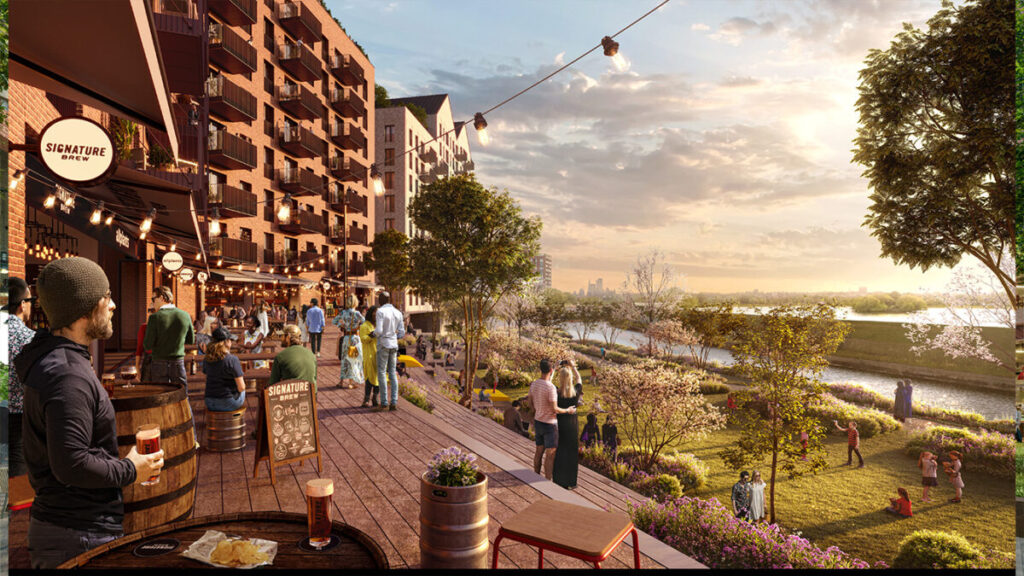
BEST PRACTICE EXAMPLE: UPLANDS, WALTHAMSTOW, UK: Portland Design worked with NEAT Developments to create a new brand, vision and visualization of the spacial experience. Uplands is a vibrant mix of industrial, warehouse, studio and office spaces for makers, brewers, innovators, suppliers, artisans and designers. The vision is to realize the future of industry combined with a successful living, making, playing & learning community, allowing people to connect, create, learn, play, work and live locally.
Significant Alteration
At Portland, we are seeing an average reduction of 20-30% in the proportion of transactional space in shopping places. In the future, that will be replaced by non-retail offers, experiences, services, and amenities. Of course, replacing vacant retail space with such alternative uses is not just a leasing exercise; it also alters the “center of gravity” of the shopping place as well as the rhythm of footfall and the type of audience engagement.
Therefore, in order for shopping places to thrive in the future, they must be repurposed into mixed-use developments. For too long, “mixed-use” developments have delivered a series of siloed, disconnected uses. Portland’s planning and design approach centers around re-defining mixed use to “blended-use”. This is where we identify the “blended component” of each use typology that synergizes with retail and F&B as part of public realm activation. In a “blended-use” development, the ground level delivers what we refer to as a “SWELCH” experience, where Shopping, Working, Entertainment, Learning, Culture, Hospitality, and Healthcare come together to create a thriving, vibrant, community-focused place that no longer looks inward but outward, connecting to and integrated with the street scape and urban grain.
Shopping places cannot continue to just focus on leasing boxes, the distribution of goods, and transactions with consumers. They must evolve into places that deliver ever-changing and compelling experiences curated for fans and communities. Therefore, when re-inventing shopping places, we must adopt “human-centric” placemaking strategies in order to shift from what we at Portland refer to as “buy places” to “join places.” That will involve a series of carefully considered moves.
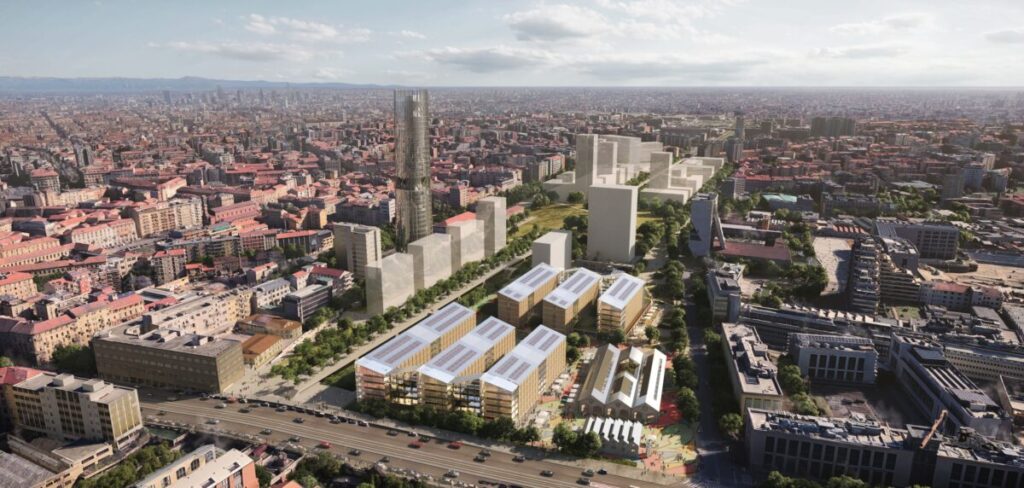
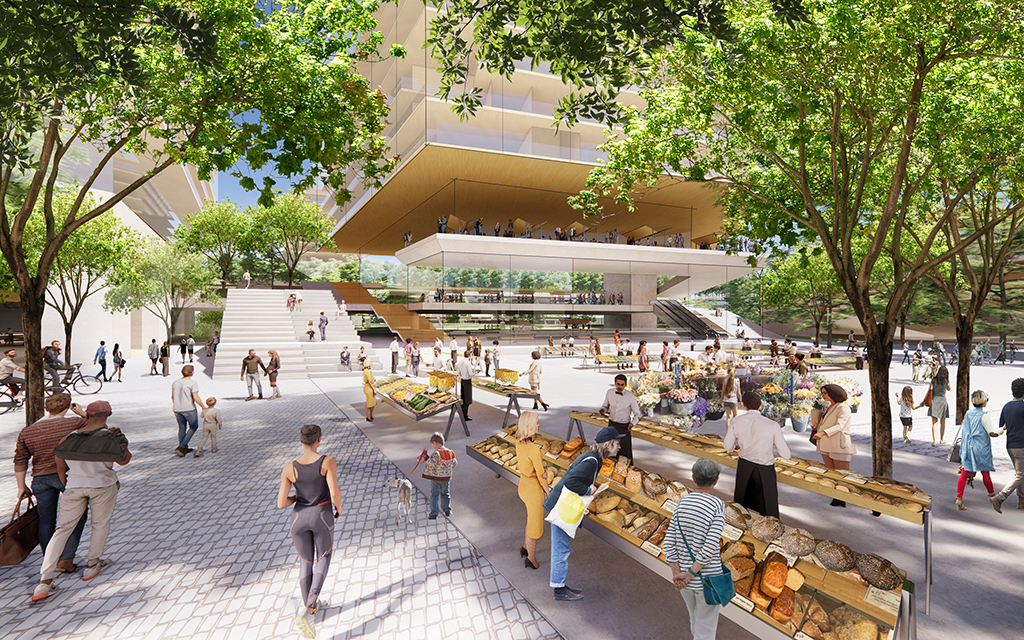
BEST PRACTICE EXAMPLE: PORTA ROMANA, ITALY: Portland is part of this international team for the re-development of Parco Romana, an urban scale redevelopment project in Milan’s Porta Romana district. The project will revitalize this industrial reclamation site into a diverse green neighborhood and connective tissue that links the southeast area of Milan to the city center, creating a welcoming public space rich with biodiversity, including a large urban park at the heart of the new development, Portland’s role will be to develop the place’s brand vision and commercial masterplanning strategy for the project.
New Roles and Tasks
Asset owners must shift from behaving like “librarians” to being “editors.” They can no longer behave like landlords. It’s not enough to collect rent, clean buildings, and buy advertising. They must act as hosts to their commercial partners, communities, and citizens – thinking not merely of operations, but of the curation of experiences, stage management, and concierge-focused service. That is what makes a “join place.”
When it comes to marketing, shopping places must engage with people as citizens, and not just as consumers – focusing not on what is said to consumers, but on what citizens say to each other. They must also be at the center of that dialog to encourage and inspire with new ideas, partnerships, and activations.
To that end, shopping places must shift from investing in pre-purchase promotion to post-purchase advocacy. From one-way monologues about price and product to stories that are shared about compelling experiences and communities of interest. In order to achieve that, there must be less of a focus on the content of advertising and more on the sharing of user-generated content (UGC).
Let’s make the shift from “MARCOMMS” to “MARCONNS” – from “marketing communications” to “marketing connection”; from one-way communication, in other words, talking to, or worse, at customers, to two-way dialog about experiences, brands, communities, and new ideas that foster emotional connections between places and people. Let’s create true “join places.”
For the owners and managers of shopping places, understanding their audience is key to everything. I’m not merely referring to online surveys or focus groups. In order to truly understand our audiences, we must employ street- and community-level observational ethnographic research techniques.
Our audiences, however, are walking paradoxes. They have limited budgets, but expensive tastes. They demand convenience, but they also have a social conscience. They care about sustainability, but are addicted to fast fashion. They want shopping to be seamless, but they also want it to be personalized. They crave authenticity, but are immersed in the digital world. They are loyal, but they are also more promiscuous in their relationships with brands and places.
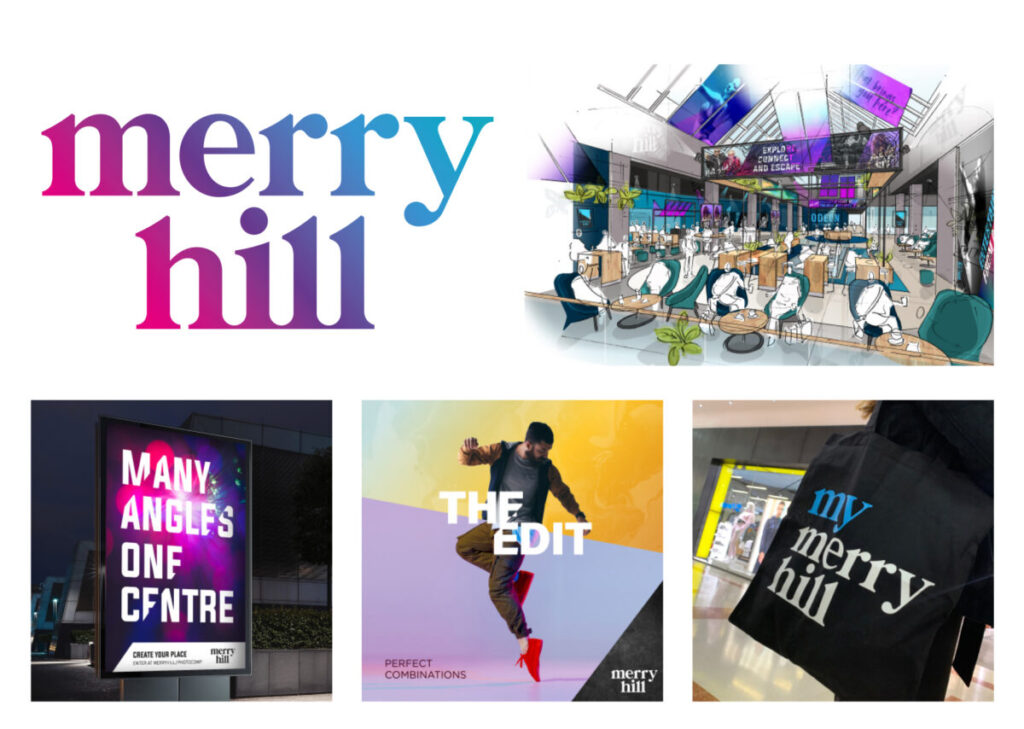
BEST PRACTICE EXAMPLE: MERRY HILL, DUDLEY, UK.: Together with Ellandi Portland generated a new brand and vision for merry hill shopping center in Dudley, West Midlands, UK. The ambition for merry hill was to be a top family entertainment destination by 2025. The center faced tough competition from the nearby Bullring in Birmingham and so Portland needed to create a new narrative that would set merry hill apart, attract new audiences without alienating its very loyal customers. A workshop with nearly 50 attendees that included center staff, investors, leasing agents and operators was conducted to uncover the truths and ambitions for merry hill. Portland carried out detailed data analysis of the current site, local and surrounding demographics, against footfall and spend, and plotted this against robust trend analytics to get the true picture of what the future model needed to look like. It was clear that there was a real desire to create something that went way beyond retail, and offered greater diversity for the local community, and authentically represented their needs and future lifestyles. The result: When the new merry hill brand was launched, people felt like they’d been listened to and can play a part in the evolvement of the new brand and the experiences it promotes. Local start-ups are being integrated within the retail space, an increase in more bespoke food and beverage offers, new leisure offers are being added and relationships with arts, culture and educationgroups are helping to spearhead a new focus on merry hill being the ‘heart of the region’.
Becoming Part of the Citizen’s Life
In order to be successful in the future, shopping places cannot solely be part of consumers’ shopping habits, but must also be part of the everyday lives of local citizens. Therefore, they need to understand what is important to them, their habits, and their behaviors. Of course, it is also important to develop a deep understanding of where they eat and shop as well as the brands and influencers they follow. Therefore, simply having data on the catchment area is not enough; genuine insight from the communities they serve is also required.
At Portland, we use our AI-powered digital ethnography process to unearth the “human truths” of audiences, to understand sentiment and granular insight into their preferences, interests, and values. These “human truths” are the basis for the development of a truly authentic, “human-centric” place and a sense of belonging.
As transaction and fulfilment migrates online, adopting these and other “human-centric” strategies will give shopping places the potential to develop followship from fans, advocates, and communities. That will allow shopping places to shift their relationships from transaction to interaction – and from interaction to intimacy. Being intimate with your audience – knowing about their lives, communities, and values and responding accordingly – will be the holy grail of all shopping places in the future.
Finally, in a world that is changing at warp speed, with tectonic shifts in retail, we are experiencing “Retail Darwinism”, in which our audiences’ behaviors and expectations are changing faster than businesses and brands can adapt. In this new paradigm, it is no longer sufficient to be responsive to your audience. It is essential that businesses shift from being responsive to being predictive.

Ibrahim Ibrahim
Ibrahim Ibrahim is the Managing Director of Portland Design and is a
Member of the ACROSS Advisory Board.
